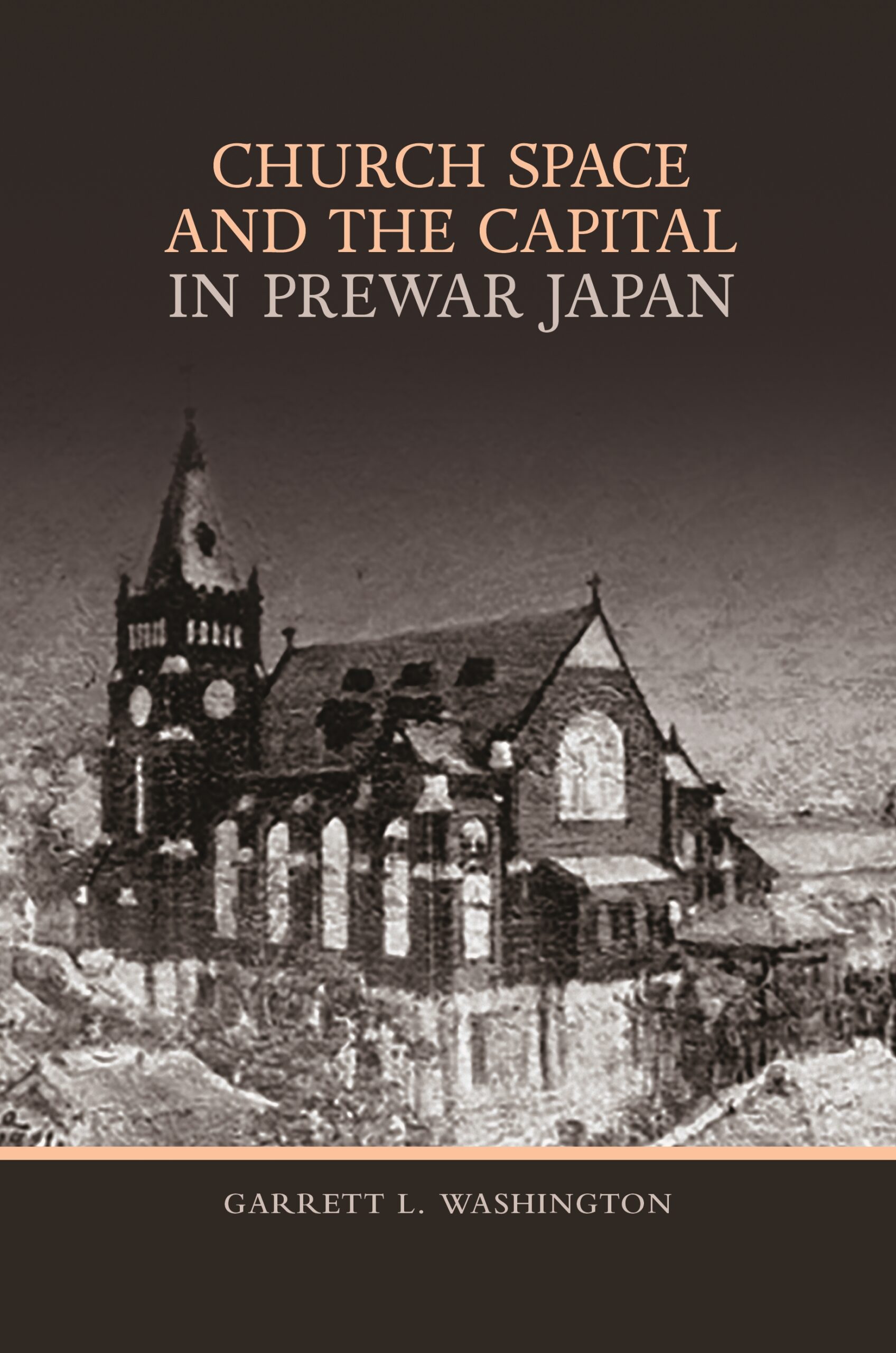Church Space and the Capital in Prewar Japan
- About the Book
-
Christians have never constituted one percent of Japan’s population, yet Christianity had a disproportionately large influence on Japan’s social, intellectual, and political development. This happened despite the Tokugawa shogunate’s successful efforts to criminalize Christianity and even after the Meiji government took measures to limit its influence. From journalism and literature, to medicine, education, and politics, the mark of Protestant Japanese is indelible. Herein lies the conundrum that has interested scholars for decades. How did Christianity overcome the ideological legacies of its past in Japan? How did Protestantism distinguish itself from the other options in the religious landscape like Buddhism and New Religions? And how did the religious movement’s social relevance and activism persist despite the government’s measures to weaken the relationship between private religion and secular social life in Japan?
In Church Space and the Capital in Prewar Japan, Garrett L. Washington responds to these questions with a spatially explicit study on the influence of the Protestant church in imperial Japan. He examines the physical and social spaces that Tokyo’s largest Japanese-led congregations cultivated between 1879 and 1923 and their broader social ties. These churches developed alongside, and competed with, the locational, architectural, and social spaces of Buddhism, Shinto, and New Religions. Their success depended on their pastors’ decisions about location and relocation, those men’s conceptualizations of the new imperial capital and aspirations for Japan, and the Western-style buildings they commissioned. Japanese pastors and laypersons grappled with Christianity’s relationships to national identity, political ideology, women’s rights, Japanese imperialism, and modernity; church-based group activities aimed to raise social awareness and improve society. Further, it was largely through attendees’ externalized ideals and networks developed at church but expressed in their public lives outside the church that Protestant Christianity exerted such a visible influence on modern Japanese society.
Church Space offers answers to longstanding questions about Protestant Christianity’s reputation and influence by using a new space-centered perspective to focus on Japanese agency in the religion’s metamorphosis and social impact, adding a fresh narrative of cultural imperialism.
- About the Author(s)
-
Garrett L. Washington, Author
Garrett L. Washington is associate professor of history at the University of Massachusetts Amherst.
- Reviews and Endorsements
-
- Church Space and the Capital in Prewar Japan offers a new way of considering the history of Protestant development in Meiji and Taishō Japan. It explores how leading churches in Tokyo used their physical space and the words that were spoken in sermons and lay lectures to create a community of members who believed that Christian morality was essential to modern Japan and who acted on that belief. Its historiographical significance extends beyond its positing of a new approach to Protestant history in prewar Japan, namely one that focuses on the importance of space.
—Elizabeth D. Lublin, Wayne State University
- Church Space and the Capital in Prewar Japan offers a new way of considering the history of Protestant development in Meiji and Taishō Japan. It explores how leading churches in Tokyo used their physical space and the words that were spoken in sermons and lay lectures to create a community of members who believed that Christian morality was essential to modern Japan and who acted on that belief. Its historiographical significance extends beyond its positing of a new approach to Protestant history in prewar Japan, namely one that focuses on the importance of space.





